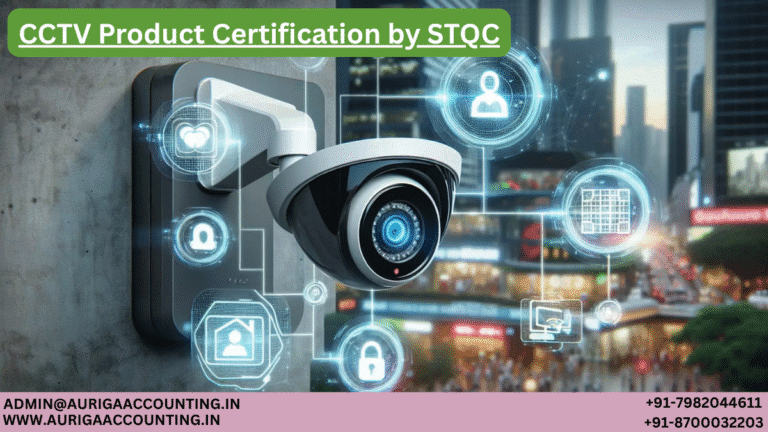Registering a company using a virtual office is a smart, cost-effective way for entrepreneurs to establish a legal business presence without the expense of physical office space. Below is a step-by-step guide to help you through the process.
Step 1: Choose a Trusted Virtual Office Provider
Start by selecting a reliable virtual office service that offers:
A valid business address for Company and GST registration
Mail handling and forwarding services
Call answering and reception support
Access to meeting rooms, if required
Ensure the provider meets compliance standards and offers documentation acceptable to government authorities.
Step 2: Prepare the Required Documents
To avoid delays, collect all necessary documents in advance, including:
PAN and Aadhaar (or passport) of all directors/shareholders
Address proof (utility bills, passport, etc.)
Virtual office address proof (agreement or authorization)
Memorandum of Association (MOA) and Articles of Association (AOA)
Other documents required by the Ministry of Corporate Affairs (MCA)
Step 3: Choose the Right Company Structure
Select a legal entity type that aligns with your goals:
Private Limited Company (Pvt. Ltd.)
One Person Company (OPC)
Limited Liability Partnership (LLP)
Sole Proprietorship
Partnership Firm
Public Limited Company
Section 8 Company (Non-Profit)
Each structure has different compliance obligations and tax implications, so make your choice based on scalability and future plans.
Step 4: Obtain Digital Signature Certificates (DSC)
A Digital Signature Certificate is mandatory for all directors or authorized signatories to digitally sign documents during registration. Apply for a DSC through a government-approved certifying authority.
Step 5: Reserve Your Company Name
Use the RUN (Reserve Unique Name) service on the MCA portal to propose your company name. Ensure it is:
Unique and not similar to existing entities
Compliant with MCA naming guidelines
Once approved, you can move to the incorporation stage.
Step 6: File the Incorporation Application
Complete and submit the SPICe+ form on the MCA portal. You’ll need to attach:
Approved MOA and AOA
Director/shareholder ID and address proofs
Proof of the registered office address (virtual office)
Virtual office rental agreement or authorization letter
Declare the virtual office address as your company’s official correspondence address.
Step 7: Receive the Certificate of Incorporation
Once approved, the MCA will issue your Certificate of Incorporation (COI). This document is legal proof of your company’s existence and enables you to commence operations.
Step 8: Post-Registration Compliance
After registration, ensure ongoing compliance:
File annual returns and financial statements with the MCA
Maintain statutory registers and financial records
File GST returns (if applicable)
Keep your virtual office provider informed of any changes in your company’s details













